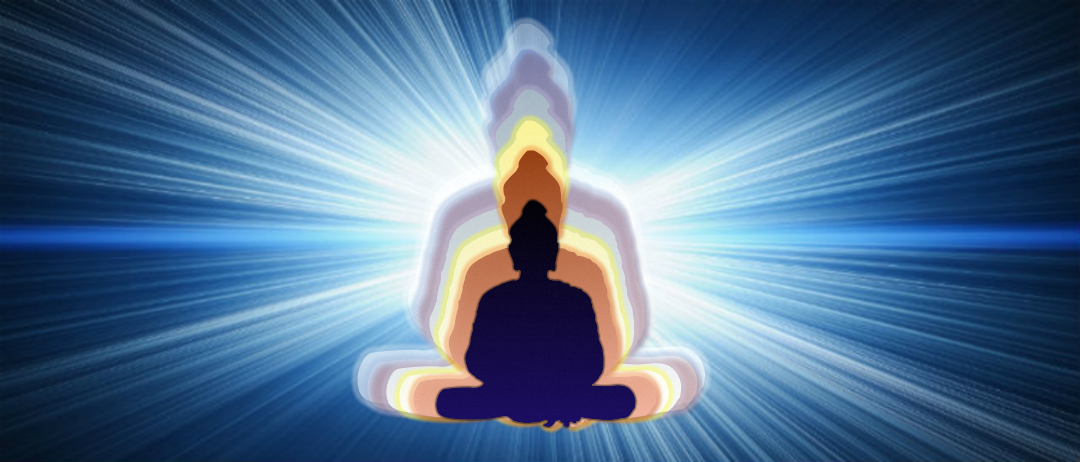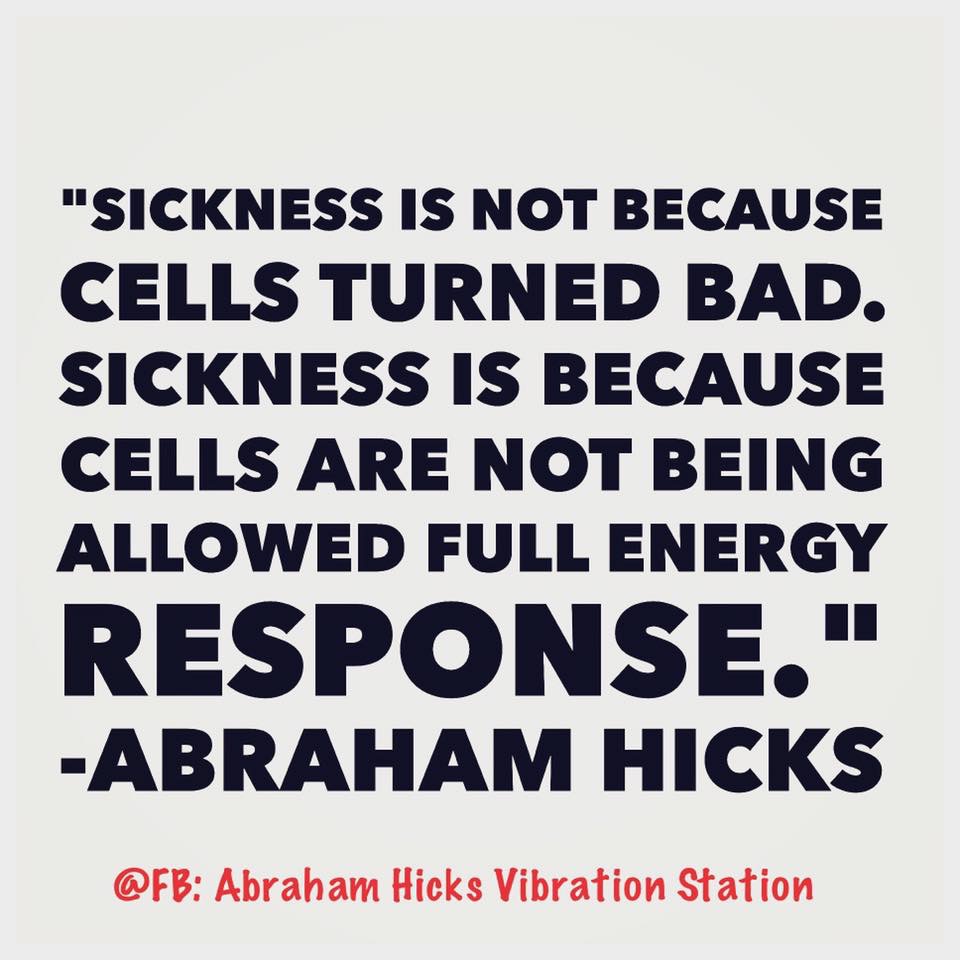The Five Koshas: Our Energy Bodies
 Tuesday, July 22, 2014 at 10:54AM
Tuesday, July 22, 2014 at 10:54AM  MEET YOUR BODIES - ALL 5 of THEM!
MEET YOUR BODIES - ALL 5 of THEM!
According to yoga, you have not one body but five, each made of increasingly subtler energy.
These five bodies are called koshas, meaning “sheaths,” in Sanskrit, as each fits in the next like a sword in a scabbard.
The densest sheath, the physical body, is made of matter; the other four are energy invisible to the eye, though we can sense their presence, especially during yoga.
The Five Koshas are the source of our life force.
The 5 sheaths are sometimes grouped into three bodies:
the physical;
the mental/intellect,
the causal/emotional.
The physical body disintegrates at death.
The mental/intellect body disintegrates at rebirth, allowing you to develop a new personality in your next life.
The causal body reincarnates again and again, carrying your karma. It disintegrates upon your enlightenment, when the higher Self disengages from the cycle of birth and death completely.

The five subtle bodies are described in, The Upanishad:
- “Human beings consist of a material body. Those who care for this body are nourished by the universe itself.
- “Inside this is another body made of life energy from which the physical body and takes its shape. Treat this vital force as Divine for excellent health and longevity
- “Within is yet another body made of thought energy. It fills the two denser bodies. Those who understand and control this body are no longer afflicted by fear.
- “Deeper still lies another body of intellect which facilitates detaching from thoughts and actions that dont serve you and thus reaching your joy.
- “Hidden deepest inside is that subtlest body, composed of pure bliss. It pervades all the other bodies. It is experienced as happiness, delight, and joy.”
 First and Second Body:
First and Second Body:
Annamaya Kosha and Pranamaya Kosha
1. Your physical body, called Annamaya Kosha (maya means “made of” and anna means “physical matter.”) Your second body - the Pranayama Kosha - is the organizing field that holds your material body together. This is the life energy that governs your biological processes, from breathing to digestion to circulation. It’s called chi in Chinese medicine and prana in yoga. The ancient Egyptians called it the ka.
2. In Western culture we strongly identify with our material body, yet without prana supporting and directing, the body can’t survive more than a few minutes. When Pranamaya Kosha ceases to function, the heart and lungs stop working and your cells begin to disintegrate.
3. While we can't see the second body, we do acknowledge it even outside of yoga: acupuncture and homeopathy don’t directly impact your physical body, but the vital force that activates and sustains the body.
4. Traditional western medicine recognized the vital body up until the 19th century. With the development of sulfa drugs and antibiotics, attention shifted from the energy states underlying human biology exclusively onto the physical body itself.
5. Yoga devotes an entire class of practices called pranayama to replenishing the pranamaya kosha. Our initial hot yoga Pranayama, as well as the final kaphalbhatti breath are designed to awaken, expand and cleanse the body with the vital force. There are many other yogic pranaya practices - alternate nostril breathing is a popular Sivananda breath practice. All pranayama is designed to enhance the proper functioning of your second sheath.
6. In addition, getting plenty of fresh air and sunlight is essential for maintaining the health of the vital force. Yoga texts explain that the sun is the ultimate source of prana; some advanced yogis go for years without eating food, instead they simply absorb prana radiated by the sun. For most of us, however, fresh whole foods are the major source of prana.
 Third Body: Manomaya Kosha
Third Body: Manomaya Kosha
1. The third sheath or mental body is responsible for our sensory and motor activities and our day-to-day awareness when we’re functioning “on automatic.” It processes input from our five senses and responds reflexively. When we move through life passively, reacting to our environment rather than actively shaping it, our awareness is focused here. Many people, and most animals, routinely operate at this level.
This body is called manomaya kosha (which means “body made of thought processes”).
2. In the West we associate our routine mental state with the brain, but according to yoga the entire nervous system (including the brain) merely mediates the activity of the manomaya kosha, expressing the commands of this higher energy state through the physical body.
3. You get a clear sense of what the mental body is when you observe a patient in a coma. The second sheath is still operating; the heart continues to pump and the lungs expand and contract. But the person has no awareness of the external world and no ability to take action: the mental body has shut down.
4. While the Pranamaya kosha operates from the moment of our first breath to our last, the Manomaya kosha shuts down temporarily on a daily basis, regenerating itself during the state of deep sleep.
5. The Manomaya kosha is tremendously enhanced through the practice of mantra meditation. This soothes and balances this inner body, and helps release “knots” of energy tied up in mental complexities and obsessive thoughts. Yogis who spend a great deal of time in meditation often have very little need for sleep, in part because their mental vehicles are functioning optimally, like a car that’s fully tuned-up.
6. The mental body “feeds” on the sense impressions we offer it. If we supply our third sheath with a continual stream of violent TV shows and video games, for example, it begins to crave increasingly aggressive forms of stimulation, and may become more agitated and less sensitive to the suffering of others. If we “stuff” it with too much work or too much play we may experience a form of mental “indigestion,” leaving us feeling harried or exhausted or overwhelmed.
7. A harmonious environment, passion for your work, fun and play in your life, supportive relationships - these all offer an ideal diet for the mind. A daily session of pratyahara, or sensory withdrawal, leading into meditation provides an excellent inner tune-up.
Fourth Body: Vjnanmaya Kosha
1. Subtler still is the Vijnanamaya Kosha (vijnana means “the power of judgment or discernment”). It’s often translated as “intellect,” but the real meaning is broader, encompassing all the functions of the higher mind, including conscience and will.
2. The fourth sheath or intellectual body is seen in those whose vijnanamaya kosha is underdeveloped: someone who doesn’t seem to be in control of her life, who is constantly reacting to circumstances rather than making proactive decisions. This person has a hard time making up her mind, thinking for herself, or being creative. She has little willpower and is continually the victim of her own judgments.
3. Another example of a deficient fourth sheath is someone without a strong personal compass. This person may attend religious services and talk about family values, but he doesn’t hesitate to hurt others for his benefit. His ability to discern is weak; conscience is not a consideration.
4. An activated fourth sheath lets us direct our own lives and make choices.
5. Yoga sages considered the vijnanamaya kosha so important they placed the exercises for it at the very beginning of the yoga system: these are the yamas and niyamas, commitments not to harm, lie, steal, overindulge, or hoard; instead, to be content, pure, self-disciplined, studious, and devoted.
6. Jnana yoga also works with the Vijnanyamaya kosha. This is the path in which you study spiritual truths, contemplate them deeply, and finally incorporate them into the very core of your personality. On this path your spiritual understanding becomes the “food” with which you nourish your intellect. As your meditation practice deepens, your ability to connect with inner guidance is enhanced. You begin to experience the events in your life, even the painful ones, in a calm and objective manner. Your yogic lifestyle leads to clarity of judgment, greater intuitive insight, and increased self empowerment as your vijnanamaya kosha grows stronger and more balanced.
Fifth Body: Anandamaya Kosha
1. In the vast majority of humans, the fifth sheath is totally underdeveloped. This is the Anandamaya Kosha, the subtlest body which is experienced as bliss.
2. Saints, sages, and mystics do the inner work necessary to make anandamaya kosha a living part of their experience. They purify their minds so that they can have this experience throughout life, not just for a fleeting moment at death. During life, most people are hardly even aware that this level of consciousness exists within them.
3. The anandamaya kosha is extremely important in yoga because it’s the final and thinnest veil standing between our ordinary awareness and our higher Self. Many who’ve had near-death experiences have reported a brilliant white light radiating all-embracing wisdom and unconditional love. This is the experience of the Anandamaya Kosha.
4. In the tantric tradition, spirit is often symbolized as Shiva, the transcendent Lord who is immersed in divine consciousness. Matter/energy is called Shakti, the Supreme Goddess whose divine body is this entire universe. It’s said that Shiva and Shakti love each other with great intensity. Their supreme love is experienced in the anandamaya kosha, where spirit and matter passionately embrace.
5. We can awaken our bliss sheath through three practices. The first is seva, selfless service. This opens our heart to our innate unity with other beings. The second is bhakti yoga, devotion to Higher Self or God. This opens our heart to our unity with an all-pervading Divinity. The third is samadhi, intensely focused meditation, which opens our heart to our own Divinity.
 Radiant Health and the Koshas
Radiant Health and the Koshas
You are a multidimensional being.
From asana that strengthens and tones your physical body to breathing that balances and vitalizes your life force, from meditative practices that quiet your mind to selfless love that expands your sense of unity, yoga develops and integrates every part of your person.
Your five bodies make up your Inner Self of illuminated Awareness, leading to health, fulfillment and enlightenment.
ASSIGNMENT: KOSHA DOODLE POSTER
Drawing helps you stay focused, grasp new concepts and retain information. Scientists say that doodling keeps the brain active while you are doing something passive - reading or listening. The more senses you engage, the more likely you will retain your learning.
Learn your Five Koshas the FUN way: Draw a Doodle Poster
- Read the content about the KOSHAS
- Create one summary statement about each of the 5 Koshas - and doodle it!
- Doodling can be embellishing your statment with cartoons, fancy handwriting, anything that feels like FUN
- Post your Kosha Doodles Poster on your RIVERFLOW HOT YOGA TEACHERS FB page



